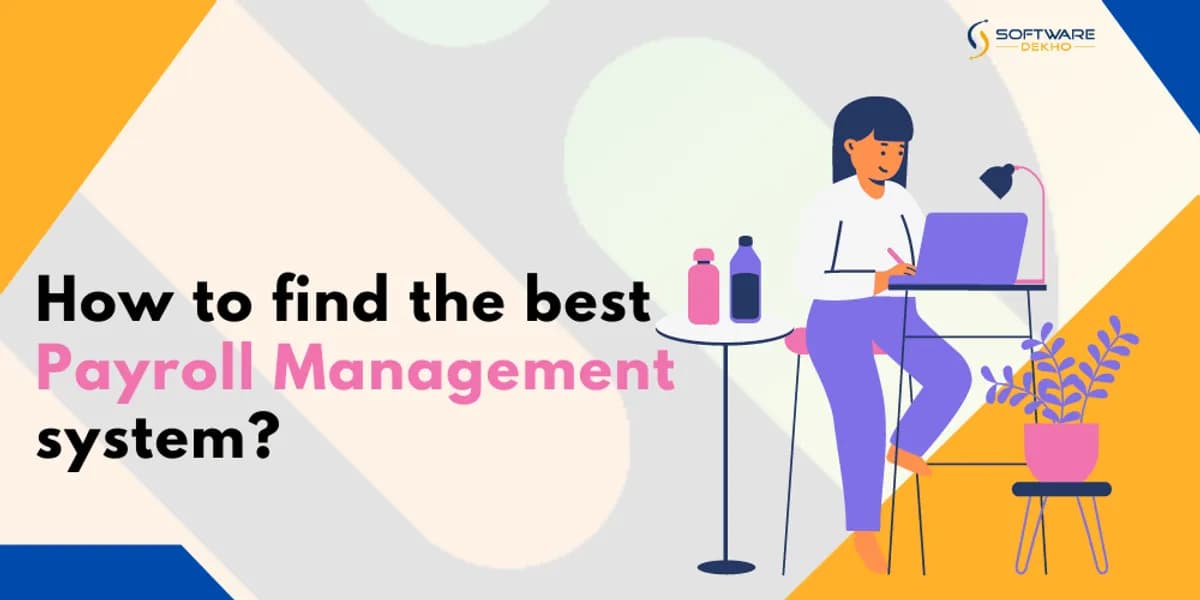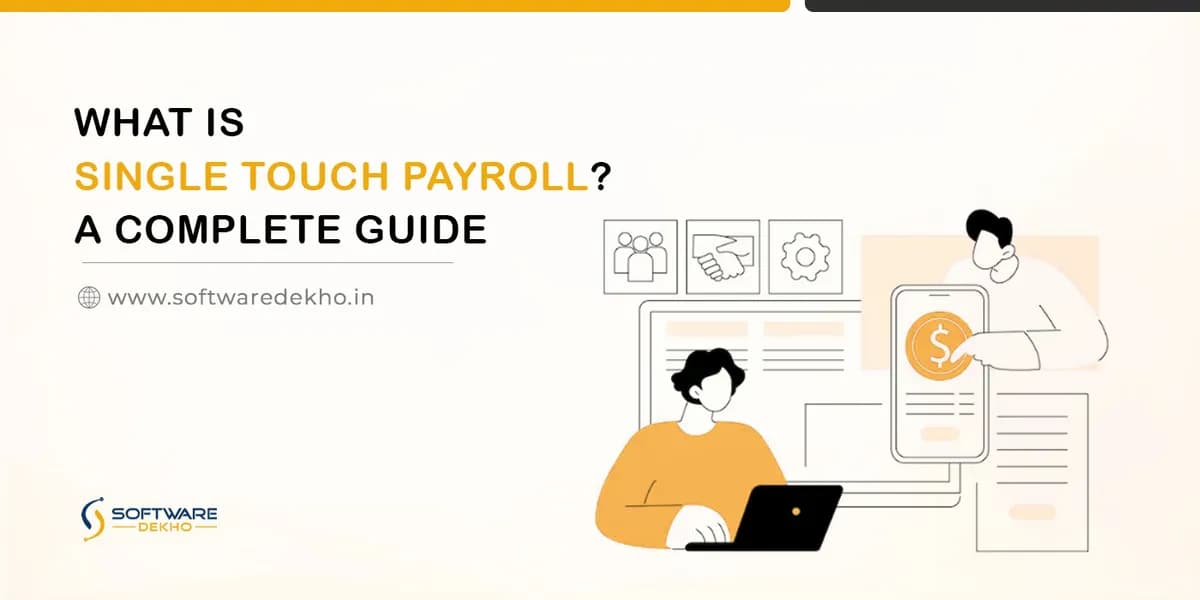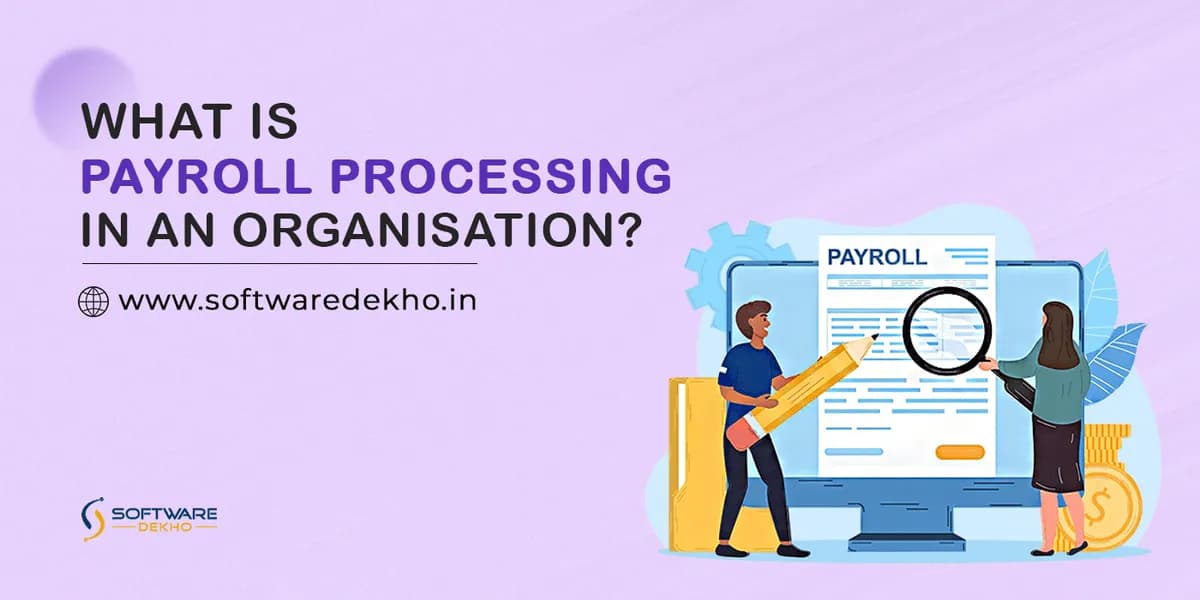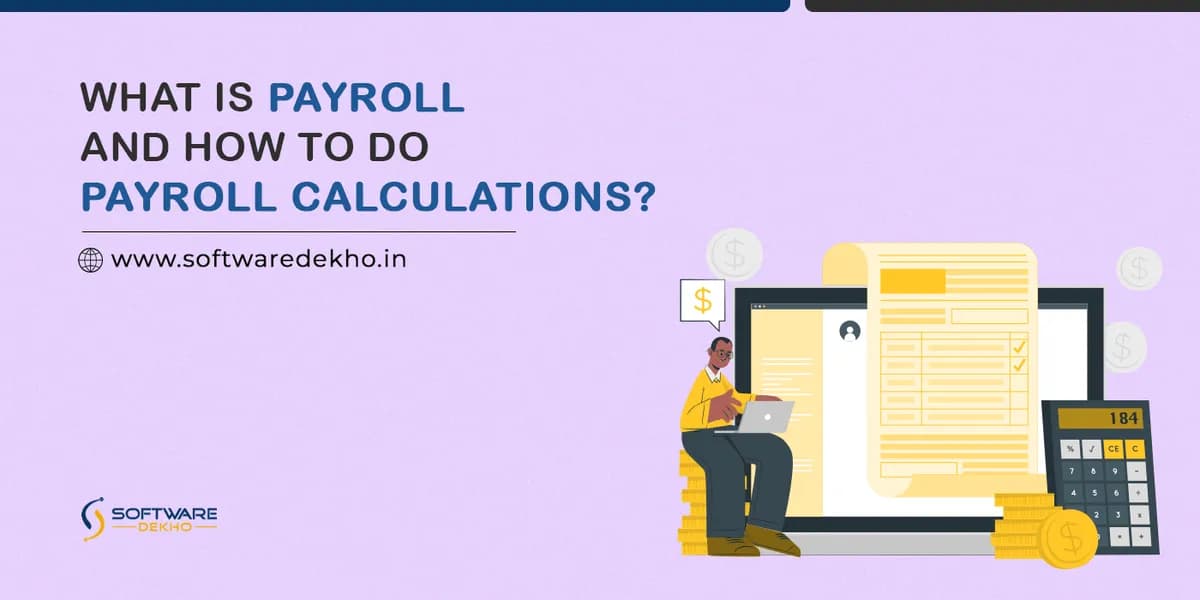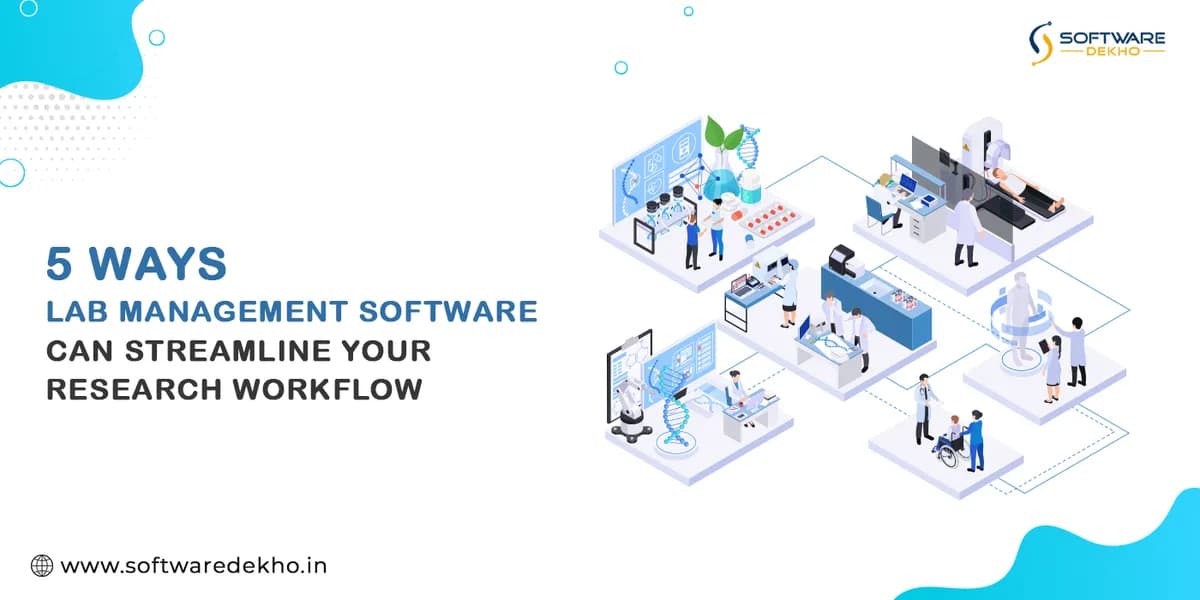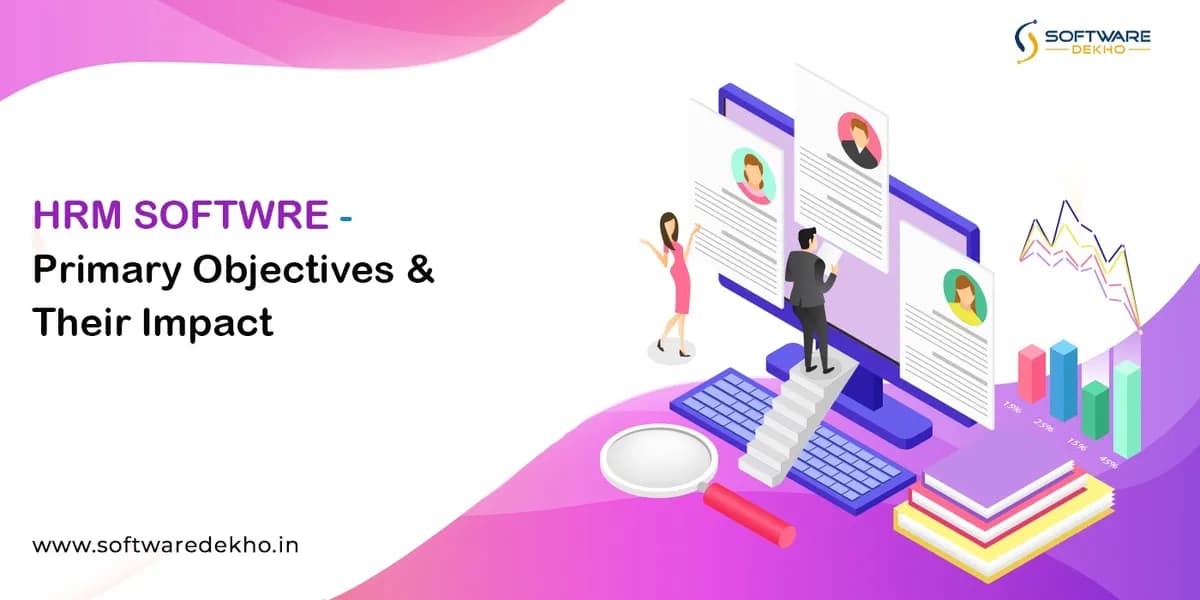How to find the best Payroll Management System?
Payroll processing and management is an important element of every firm, and the best payroll management system can make it easier. There are various payroll management systems available in the Indian market, making it challenging for businesses to select the best one.
We’ve described the steps for assessing payroll management systems in the Indian industry in this blog article to assist businesses in making informed choices. Even better? Book your free consultation today and let our experts assist you with this!
Step – 1: Define your requirements
It is critical to identify your organization’s payroll requirements before considering any payroll management solution.
- Understanding your organization’s payroll structure, personnel classifications, and payroll regulations is all part of this.
- Consider the size of your company, the number of employees, and the complexity of your payroll.
- You can identify your payroll requirements by doing a detailed review of your present payroll system, including the procedures involved and the technology in place.
- You can also conduct a payroll survey to learn more about your employees’ payroll needs and preferences.
- Also, examine payroll administration solutions that match your unique demands if you have a thorough grasp of your payroll requirements.
Step – 2: Investigate payroll management systems
After the definition of your payroll requirements, the next step is to investigate various payroll management solutions available in the market. This involves the following considerations:
- Read reviews and case studies, and ask for system demos and trials.
- It is critical to evaluate elements like the system’s functionality, cost, and customer support while investigating the best payroll management systems.
- Employee self-service, automatic tax computations, and direct deposit options are also some important features to look for in a payroll administration system.
- You should also think about the system’s pricing plan, including any additional fees or costs for services like integrations or customer support.
Step – 3: User interface and the overall user experience
A payroll management system’s user interface and user experience are key components. You want a system that is simple to use and navigate, and that gives your staff a favorable experience.
Consider the following elements when assessing a payroll management system’s user interface and user experience:
- Usage: Is it simple to navigate and utilize the system? Can the employees readily access their payroll information and alter their profiles?
- Accessibility: Is the system accessible from a variety of devices and platforms, including mobile devices?
- Customization: Can the system be tailored to your organization’s particular payroll requirements?
- Employee self-service: Does the system offer self-service alternatives to employees, such as the ability to examine pay stubs and amend personal information?
Step – 4: Security and compliance
Since payroll management systems include sensitive employee data, security, and compliance features are essential. Consider the following aspects when assessing the security and compliance features of a payroll management system:
- Encryption: Does the system encrypt employee information to prevent unwanted access?
- Authentication Techniques: Does the system need two-factor authentication to ensure that only authorized users have access to payroll data?
- Data recovery and backup: Is a data backup and recovery plan in place to defend against data loss?
- Compliance: Is the system following Indian labor laws and regulations, like tax legislation and minimum wage requirements?
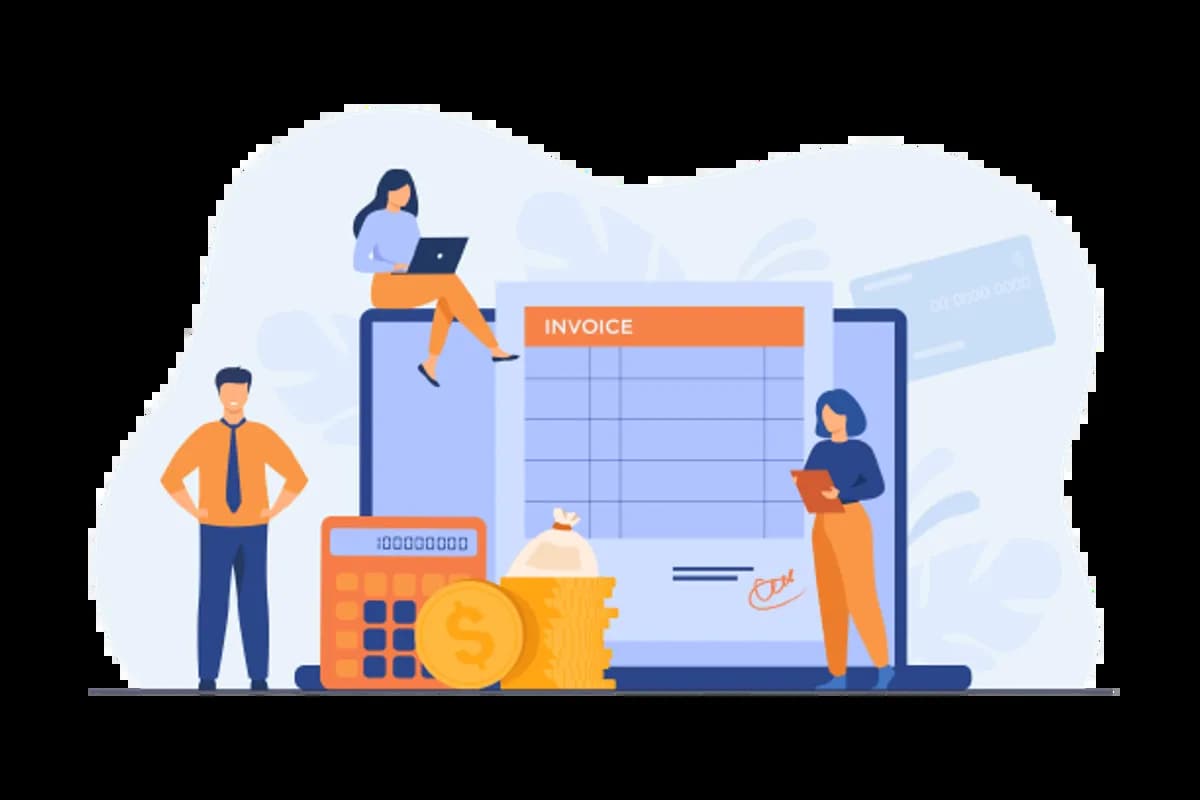
Step – 5: Integration capability
Payroll software solutions frequently require integration with other systems, like human resource management (HR) software and accounting software. Consider the following aspects when assessing the integration capabilities of a payroll management system:
- Compatibility: Is the system compatible with your current HR management systems and accounting software?
- Integration: How simple is it to connect the payroll management system with your current systems?
- Customization: Can the integration be tailored to your organization’s unique requirements?
Step – 6: Customer service and training
Payroll management systems may be complicated, so you want one that offers outstanding customer service and training. Consider the following while assessing the customer support and training choices of a payroll management system:
- Resources: Are the system’s online materials, such as user manuals and tutorials, available?
- Customer service channels: What customer service channels (email, phone, and chat) are available?
- Training: Does the system provide training choices, (online courses or in-person training sessions)? Are these options included in the system’s cost, or must they be purchased separately?
Step – 7: Scalability and future-proofing
Your payroll requirements will most likely vary as your company expands. Consider the system’s scalability and flexibility to adapt to your organization’s changing demands when considering a payroll administration system. Consider if the system is future-proofed which means that it can adapt to future changes in technology and legislation.
Some major considerations to consider while assessing the scalability and future-proofing of a payroll administration system are:
- Flexibility: Can the system be tailored to your organization’s evolving payroll requirements?
- Upgrades: How frequently is the system updated and upgraded? Are there any new features or functionality included in these upgrades?
- Laws: Is the system intended to respond to changes in Indian labor laws and regulations?
Step – 8: Make a choice and put the system in place
.After assessing the top payroll management software vendors in India and taking into account all of the aforementioned aspects, it is time to make a selection and deploy the system.
Contract completion: After deciding on a payroll management system, you must conclude the contract and agree on the system’s cost and terms.
- Data migration: If you are transitioning from an existing payroll system, you must move your employee data to the new system.
- Training: You will need to teach your staff how to utilize the new system, including any new features or capabilities.
- Testing: Before completely adopting the system, you should undertake rigorous testing to confirm that it is functioning properly and meets the payroll demands of your business.
Conclusion
Evaluating a payroll management system requires a thorough analysis of your organization’s payroll needs, research into the various systems available, evaluation of the system’s user interface, security and compliance features, integration capabilities, customer support and training, scalability and future-proofing, and implementation of the chosen system. Following these steps will guarantee that you pick a payroll management system that fulfills the demands of your firm and supports your payroll operations.
You must conduct thorough research and read user reviews to choose the best software for your needs. So, take a look at our website to understand better!
